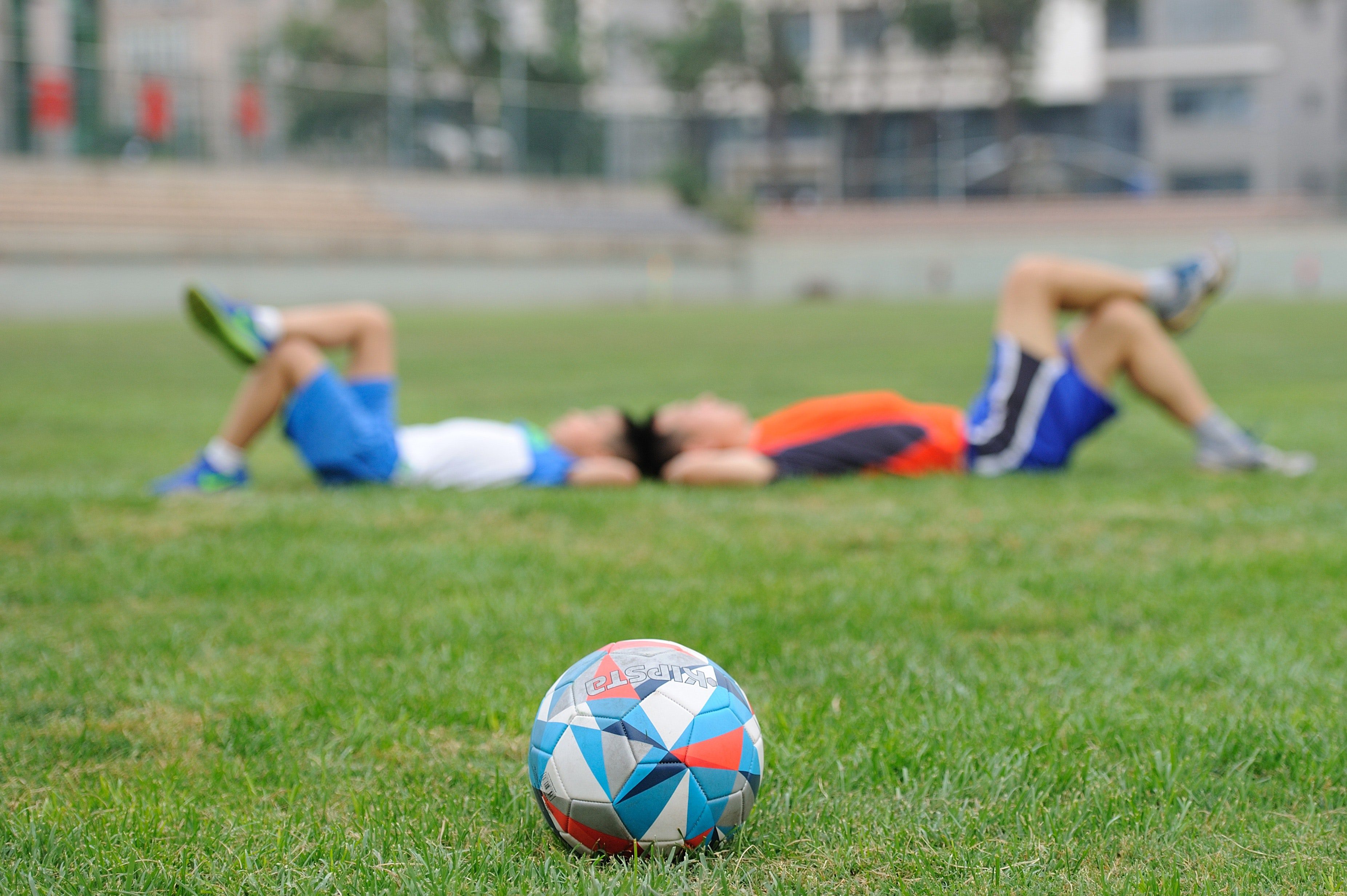Recently there was an article in the Sydney Morning Herald on what has been called BQ or body intelligence – ok take that whatever way you like but dig a little deeper and names aside, it does makes sense.
I wanted to say more about what that means – especially in sports and for dancers. The more we are able to ‘be in our bodies’ the less likely we are to try and impose ourselves on our body and the less likely we are to injury ourselves or cause pain. Dancers know this and rely on it but it is equally true for athletes – be they amateur or professional – those who go to the gym or if just trying to be active in spite of the pain or discomfort.
So here goes.
The most efficient movement is one in which there is little resistance – where our body is working without unnecessary tension and in a cohesive, coordinated way, where the tissues are able to respond appropriately to the forces being applied to them or the movement that is being asked of them. When moving in this way we are less likely to cause injury as there is less strain on the tissues or on the structure as a whole.
And this will be different for each of us – we have grown up learning to move in different ways with different body shapes and sizes having had different experiences. When we have an idea of how we should move or look and try to impose that upon our body we can create the seeds of injury and pain. It also means we are probably not paying attention to what our body is actually telling us.
So what’s this got to do with Ortho-Bionomy and how can it help?
In Ortho-Bionomy we generally move the body into positions that soften the tension and move away from the pain or with the ease. But we also ask “which way do you prefer?” “Which way feels better?” “Which way do you like?” – because sometimes even the pain can feel delicious and useful. So we are getting the you to pay attention to what you feel or what your body is actually doing and noticing how that feels. In doing this we also get to notice how your body responds at both a tissue level – in terms of softening or release of tension – and as an experience of relief or ease. This generally feels really good and can even feel enjoyable – which can be unusual in physical therapies. Just felling ourselves consciously – as the original article said – just helps us to feel well in ourselves.
This is a very different way of working and allows us to notice with a great deal more clarity how our body is functioning and what it needs (and paying attention to what it needs just means we get to work smarter and not harder). There is no forcing it into what we think should be happening so doesn’t cause unnecessary pain. We aren’t trying to impose ourselves on your body but work with it to increase the coherency of movement and find strength through flexibility as well as, for example, bulk.
At a more somatic (body) level, in mimicking and exaggerating the distortion we are helping the body feel itself and know what it is doing. This is important because when something feels normal we don’t recognise it any more – even if it is a distortion or a particular postural habit that may be causing strain. We are just used to it. By adding a light compression we are making this more obvious and triggering the proprioception – that part of the nervous system that lets us know where we are in space and how fast we are moving. We then get a reflexive response to that. It’s not something we have to think – it just happens – about but it is something we can notice. This tends to be very beneficial.
What this means for us as athletes, dancers or when going to the gym is that we are able to work smarter in our training. When we are aware of our body we tend to notice where the strains are occurring before we cause an injury or get pain and adjust what we are doing. Our body will often adjust automatically. We may start off a session with lighter weights than we are used to or even visualize for a few moments what we are going to do to prime ourselves.
How we respond in each training session is going to be different because – depending on what we have been doing during the day or how we feel – there will be different tensions and strains in the body. By allowing ourselves to feel what is happening in our body on the day will guide us in how we should start and what we should be doing in that particular session to be of most benefit but in a way that still allows us to reach our goals.

